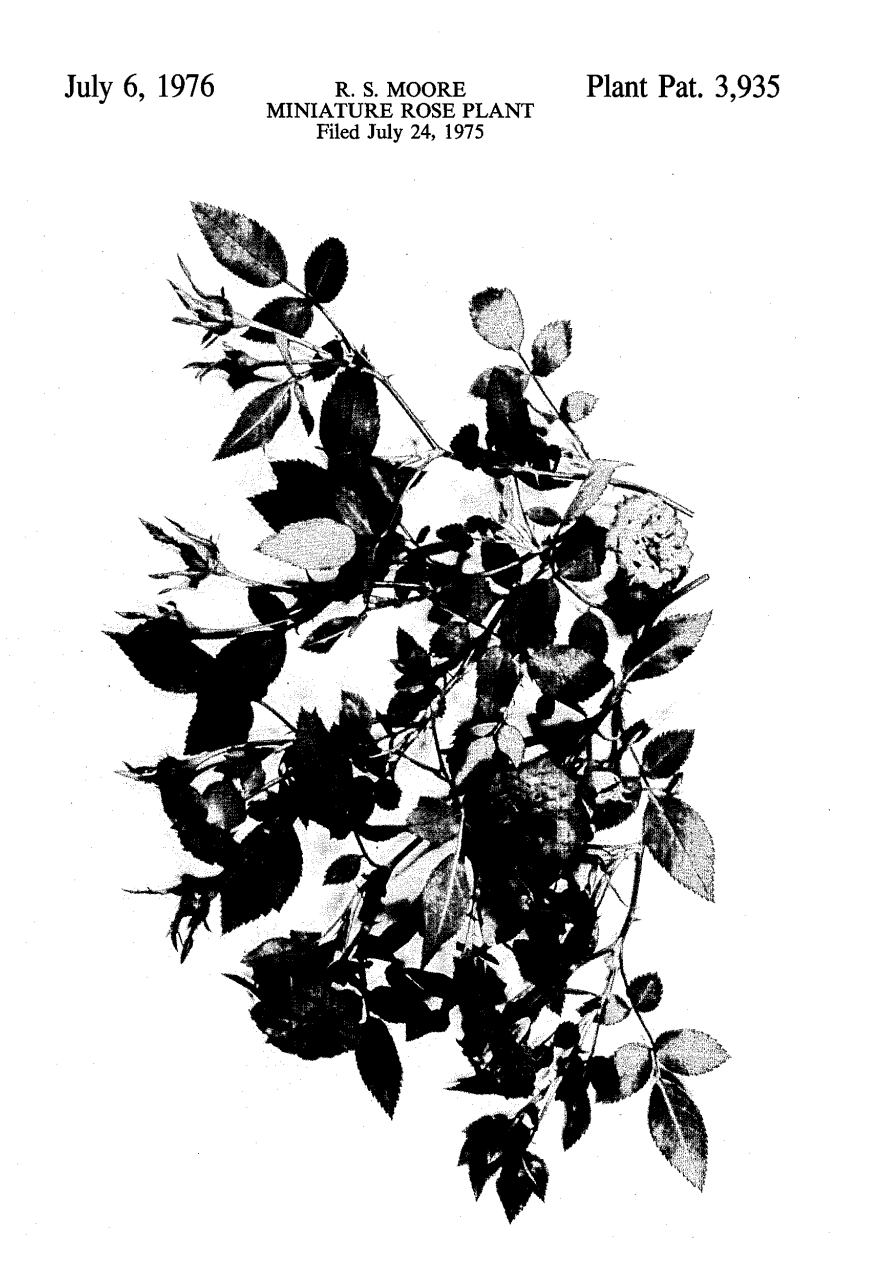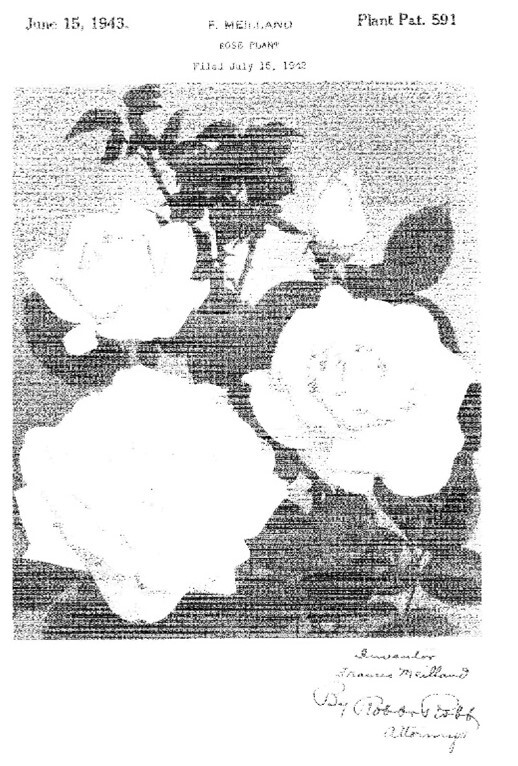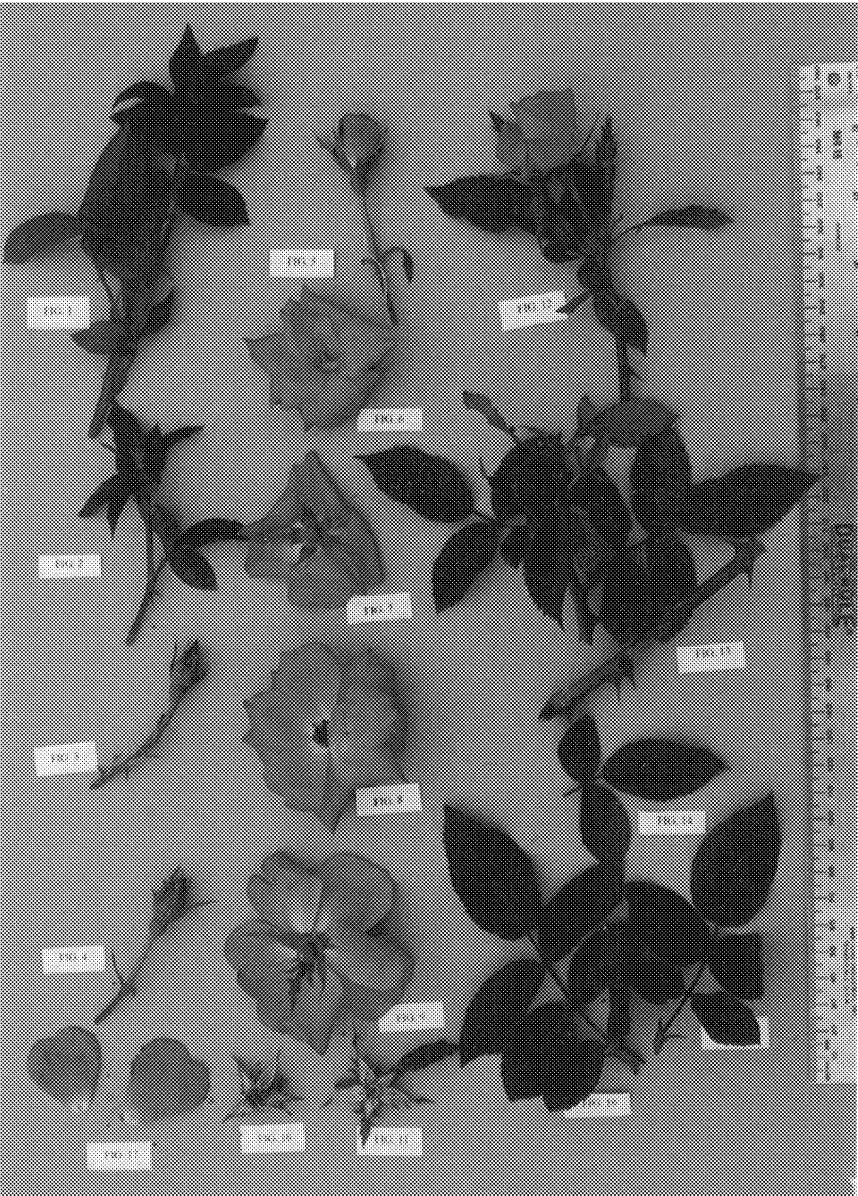TRY OUR NEW (FREE) IP RENEWAL COST CALCULATOR
Calculate.avif)
Innovative plants can be protected by intellectual property rights in the same way as other inventions. The name of the protective right and the rules vary by jurisdiction, similarly to patents or utility models.
In Europe, plants are protected by community plant variety rights, since patents are only considered for non-living matters. Plant variety rights in the EU are granted by the Community Plant Variety Office (CPVO) and are valid in all member countries, similarly to how the European Patent Office and European patents work.
This IP right is available for most plants for up to 25 years of duration, with the exemptions of species of vine, trees, groups of flower bulbs, woody small fruits, woody ornamentals, potatoes and asparagus, which can be protected for up to 30 years.
In some countries, such as the United States, patents can be granted for plants as long as the patent claims are met, and they are generally referred to as plant patents.
Plant patents are a type of intellectual property protection granted to inventors who have discovered a new and distinct variety of plants. In the US, this patent offers protection for 20 years from the filing date, preventing others from reproducing, selling, or using the patented plant or its replication.
Plant patents do not require a physical model of the invention, unlike utility patents. The patented plant must be distinct from existing varieties in terms of color, shape, size, and other identifiable characteristics. The inventor must provide a complete botanical description of the creation, including drawings, to fully explain the uniqueness of the plant.
Roses are a cornerstone of botany and gardening throughout the world, demonstrating both timeless beauty and constant innovation. Since the 1930s, the United States Patent and Trademark Office has granted over 3,000 patents for roses. Between 1931 and 1970 almost 50% of all plant patents issued in the United States were for roses, making roses a good example for demonstrating unique patented plant varieties.
This article explores four patented roses - New Dawn, My Valentine, Peace, and Knock Out - and their unique histories.

The New Dawn rose is not just a plant; it's a part of botanical history. Introduced by Henry Bosenberg, it was the recipient of the first plant patent in the US in 1930. Bosenberg aimed to extend the blooming period of climbing roses, similar to non-climbing roses.
Its climbing habit, robust growth, and reflowering with silvery pink blossoms set a benchmark in the patent domain. Though its patent protection has expired, 'New Dawn' remains a beloved choice among gardeners.

The My Valentine rose, patented in 1987 by Ralph Moore, is a feast for the senses with its deep red flowers and captivating scent.
The patent protects this hybrid tea variety, ensuring its unique qualities are enjoyed worldwide without compromise. The primary characteristics are the deep red buds and dark red colored flowers, especially when grown outdoors. It provides excellent garden decoration as well as cut flowers. This variety is especially popular as gifts, for example for Valentine's Day, since the flowers themselves are picture perfect, with a subtle sweet scent. (Plant Patent 3,935)

In 1943, French horticulturist Francis Meillard patented a special large-flowered rose. The plant patent was released just before World War II, therefore the name wasn't consistent for a while. The name "Peace" was publicly announced on 29 April 1945 and it quickly became an emblem of hope.
Its large, attractive flowers change from golden-yellow buds to cream-tinged blooms, making it a popular choice in gardens around the world.
The Knock Out rose, patented by William Radler in 2000, is highly celebrated in the gardening community. It was named the world's favorite rose in 2018.

Knock Out rose is not only one of America's top-selling roses, but also the original rose variety of a large family of 'Knock Out' roses. The popularity of it is due to its disease resistance, low maintenance, and ability to bloom repeatedly throughout the season. The special cherry red flowers are part of a family of six landscape roses created by Radler. (Plant Patent 11,836)
Patent protection acknowledges the plants' unique attributes and safeguards the exclusivity of plants in the market. These four roses, each with their distinct characteristics and stories, demonstrate the importance of patents in preserving horticultural innovation.
Interested in a free IP renewal consultation? Benchmark your current IP renewal setup and costs against market standards.
